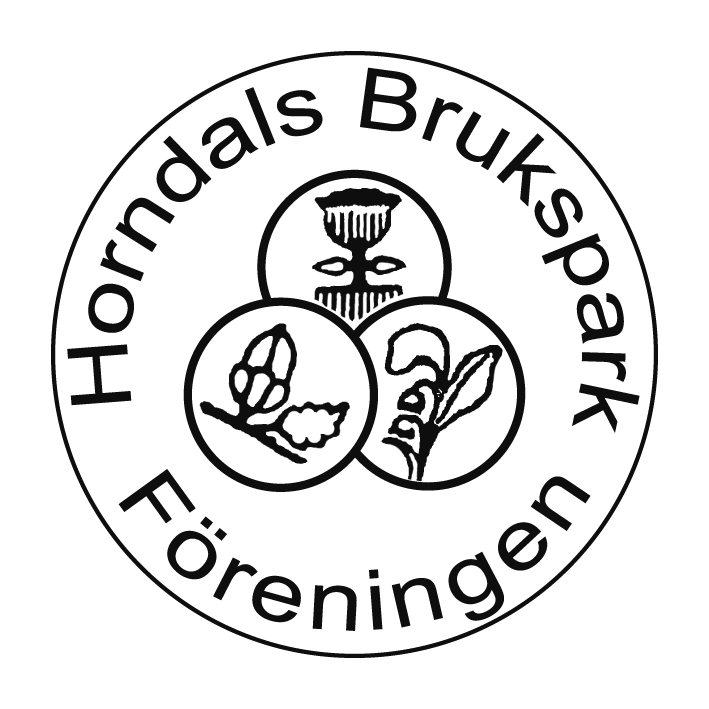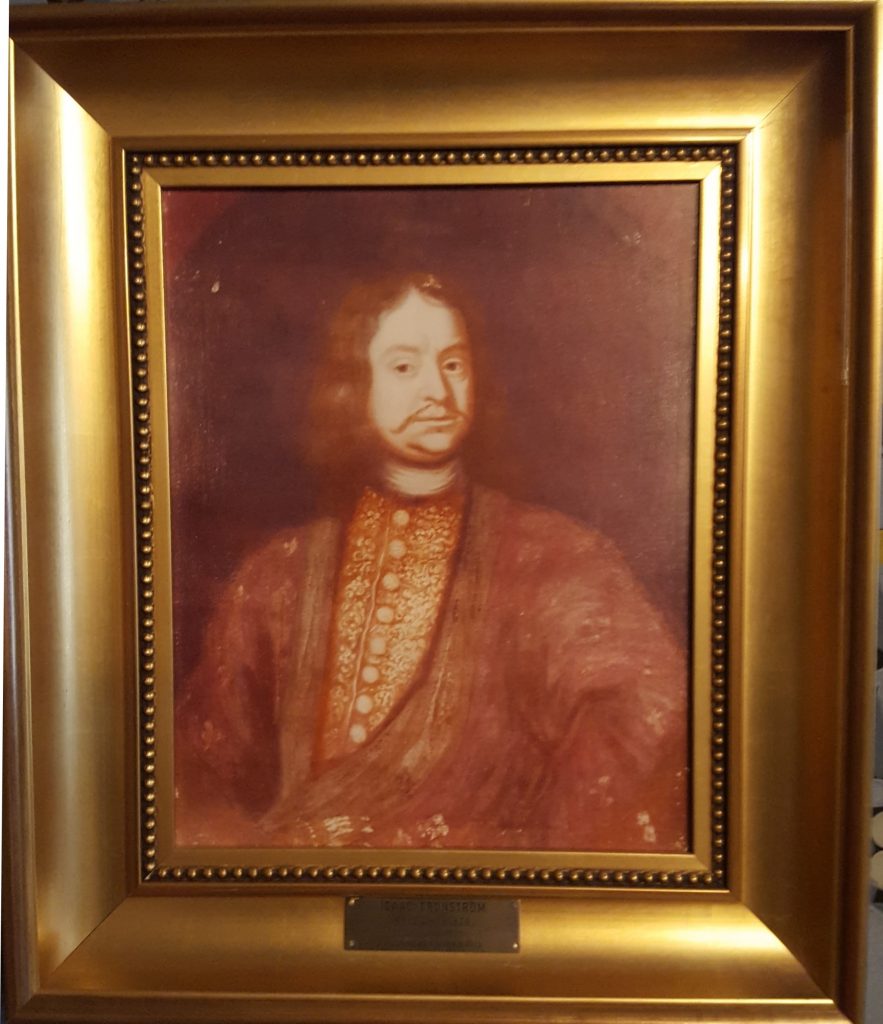Horndal, one of many communities with a long industrial history, is situated next to road 68, appr. 15 (English) miles north of Avesta in Southern Dalecarlia. In the beautiful Works Park you find 350-years-old industrial remains.
Isaac Kock-Cronström
It all began in the year 1652, when Isaac Kock, descendant of Walloons, established an iron mill by Horndal’s creek and brought skilled Walloon forgers to Horndal.
As his father, Markus Kock, Isaac Kock was a powerful and very successful man, who worked in the initial stage of industrialism. Later on, Isaac Kock was raised to nobility and took the name Cronström. He succeeded his father as the Mint Master at Avesta Mint. For more than 200 years Horndal’s Works remained in possession of the Cronström family.
Expansion and Development
In the year 1861 the ironworks came under new ownership and a period of rapid expansion began. In a few years the production of iron and forge increased from 200 tons a year to 2000 tons!
When a new railway was about to be built, the new owners fought for leading the railway through Horndal. On August 12th, 1875, Horndal’s railway station was opened with pomp and splendour in the presence of his Majesty King Oscar II. – at that time, though, the flags flew at half- mast. The day before the works’ proprietor Bergendal, who had struggled so hard for getting the railway to Horndal, all of a sudden had passed away in a myocardial infarction.
Overnight a New Era
During hundreds of years men had transported iron ore from the mines, charcoal from the forests and pig iron from the works by horses. Cartloads after cartloads with flattened and rolled bar iron left Horndals ironworks for transportation to the ports of Västerås or Gävle for sale. The railway ushered a new epoch. Steam locomotives arrived from the large ports for export in Stockholm, Gävle and Gothenburg.
In 1885 a new, modern smelting work was completed in Horndal, a magnificent building, almost 18 meters high. In a few years the annual production increased to 6000 tons iron. The new ironworks provided 15 Lancashire hearths with pig iron. This forge shop was the largest of its kind in the world under one roof!
In the 1890-ties a new foundry was built in Horndal, electrified and modern at that time. Horndals Bruks AB now was a large-scale industry with interests in Västmanland, Dalecarlia and Gästrikland.
Helvetet (’Hell’) and Paradiset (’Paradise’)
Many changes came with these modern times. The autocratic proprietors were replaced by associates, who did not live at the very spot. The owners dissociated themselves from the workers. At the same time the understanding between the two parts became less. The proprietors lived in the manor house, and the many ironworks hands, approx. 350 persons with their families, crowded together in the rows of houses, owned by the works. These houses had names as ”Paradiset” (’Paradise’), ”Helvetet” ( ‘Hell’) or ”Skvallerbo” (’Gossip Den’). Usually large families lived in only one room with an open fireplace.
General Strike and Lockout
In these changing, modern times the workers began to organize and form unions. In the year 1906, Sweden’s first Agreement for Ironworks was settled in Horndal. There was an outbreak of disturbances in connection with the General Strike in 1909 and the Lockout three years later. At times relations were strained between the many workers, the managers and the military. Some of the workers preferred emigrating to the United States of America.
The End
In the year 1927 Horndals Bruk became an integral part of the Fagersta Group and specialized in reinforcing iron. With small investments, large amounts of iron were produced during World War II, the so-called ‘Horndal Effect’. In 1953 a new small-section rolling mill was commissioned that produced merchant iron. From 1972 to 1978, Boxholms AB leased the Horndal’s Works.
However – by the year 1979 Horndal’s Works’ time was up! On the last day of June, ‘Works Plague’ came to Horndal and together with it unemployment. 161 workers lost their jobs. An epoch of 350 years of iron production was at an end. There are families in Horndal, whose members by then had worked 4 or 5 generations at the Iron Works.
Visit Horndals Bruk and the ’Pompeii of Industry’
Now, the old Works Area and the surrounding beautiful park are worth visiting. The area has been called the ‘Pompeii of Industry’. Former process buildings stand as huge cinder stone ruins. Several houses are left and taken care of.
Here you can celebrate Midsummer’s Eve, exactly as in ‘good old times’. A café and a museum you’ll find in the park; miniature golf and boules can be played as well. Nice relaxed evenings with entertainment and activities and other events are arranged by Horndals Bruksparks Association, while the ‘By Team of Folk-Dancers’ arrange the celebration of the Swedish National Day on June 6th.
Sources: ”Horndals Bruk– Levande industrihistoria i sydöstra Dalarna”, (Horndals Bruk – Living Industrial History in Southern Dalecarlia’) leaflet, published by Kultur Avesta & Bergslagen (Beslutsgruppen för Mål 2 Bergslagen) ‘Bergslagen’, published by RUBICON, 1988’
Interview with Folke Nilsson, Horndal, April 2000, Hanne Ivarsson


